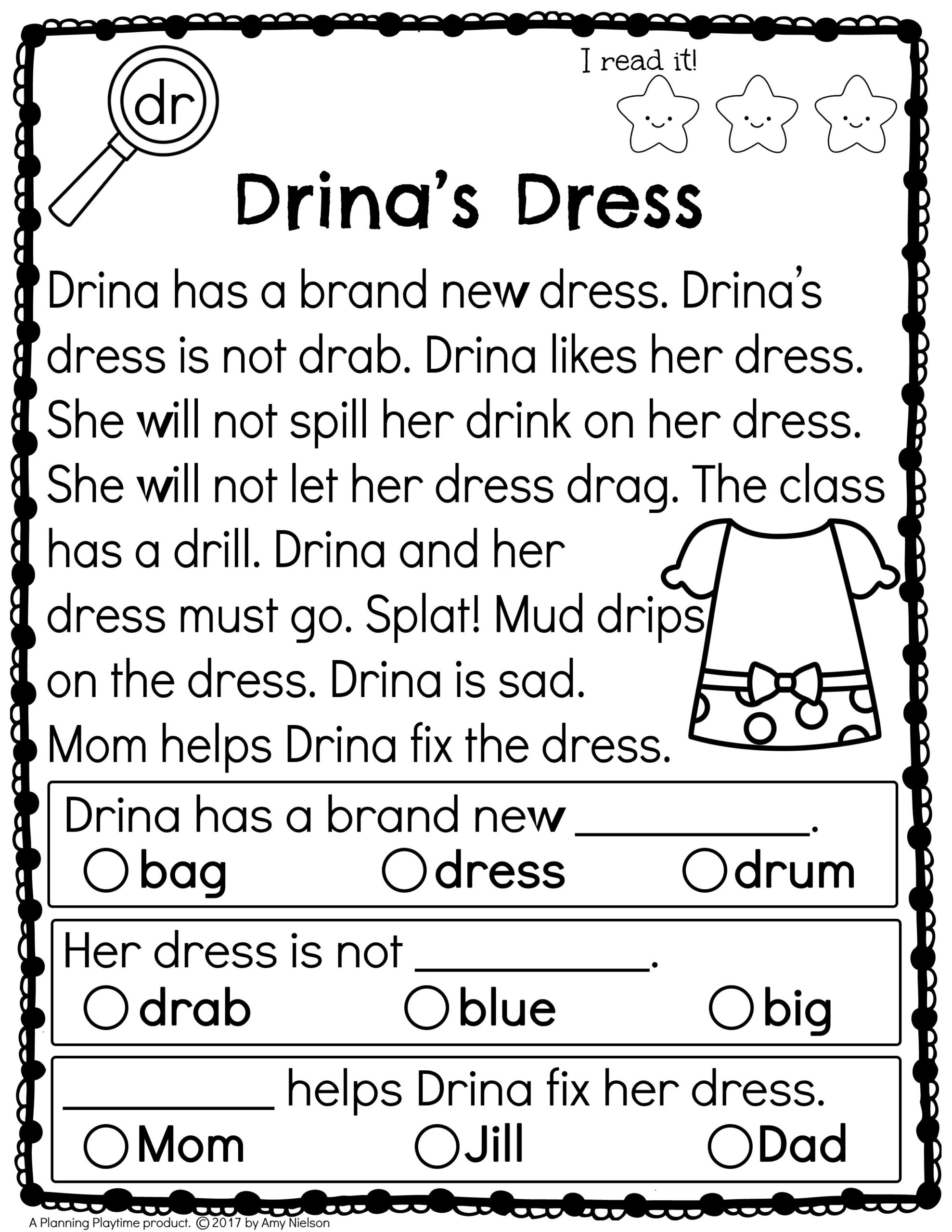Reading comprehension is a crucial skill that children need to develop from a young age. Kindergarten is the perfect time to start introducing reading passages that help children understand and interpret texts. By engaging in reading comprehension activities, kindergarteners can improve their vocabulary, language skills, and overall comprehension abilities.
Introducing kindergarten reading comprehension passages can be a fun and interactive way to encourage young learners to develop a love for reading. These passages are designed to be age-appropriate and engaging, allowing children to practice their reading skills while also improving their understanding of the text.
Kindergarten Reading Comprehension Passages
Kindergarten reading comprehension passages are short texts that are specifically tailored to the reading level of young learners. These passages often include simple sentences and basic vocabulary that are easy for kindergarteners to understand. By providing these passages, teachers can help children build their reading skills and comprehension abilities.
One way to introduce kindergarten reading comprehension passages is through guided reading activities. During guided reading sessions, teachers can read a passage aloud to the students and then ask comprehension questions to ensure that the children understand the text. This interactive approach helps children engage with the material and develop their comprehension skills.
In addition to guided reading, teachers can also incorporate reading comprehension passages into independent reading time. By providing students with a variety of passages to choose from, children can practice their reading skills at their own pace and level. This allows for individualized learning and helps children develop a love for reading.
Overall, kindergarten reading comprehension passages play a vital role in helping young learners develop their reading skills and comprehension abilities. By introducing these passages in a fun and engaging way, teachers can help children build a strong foundation for future reading success.
In conclusion, kindergarten reading comprehension passages are a valuable tool for helping children develop their reading skills and comprehension abilities. By incorporating these passages into daily activities, teachers can help young learners become confident readers who enjoy engaging with texts. With the right support and guidance, kindergarteners can develop a lifelong love for reading.
